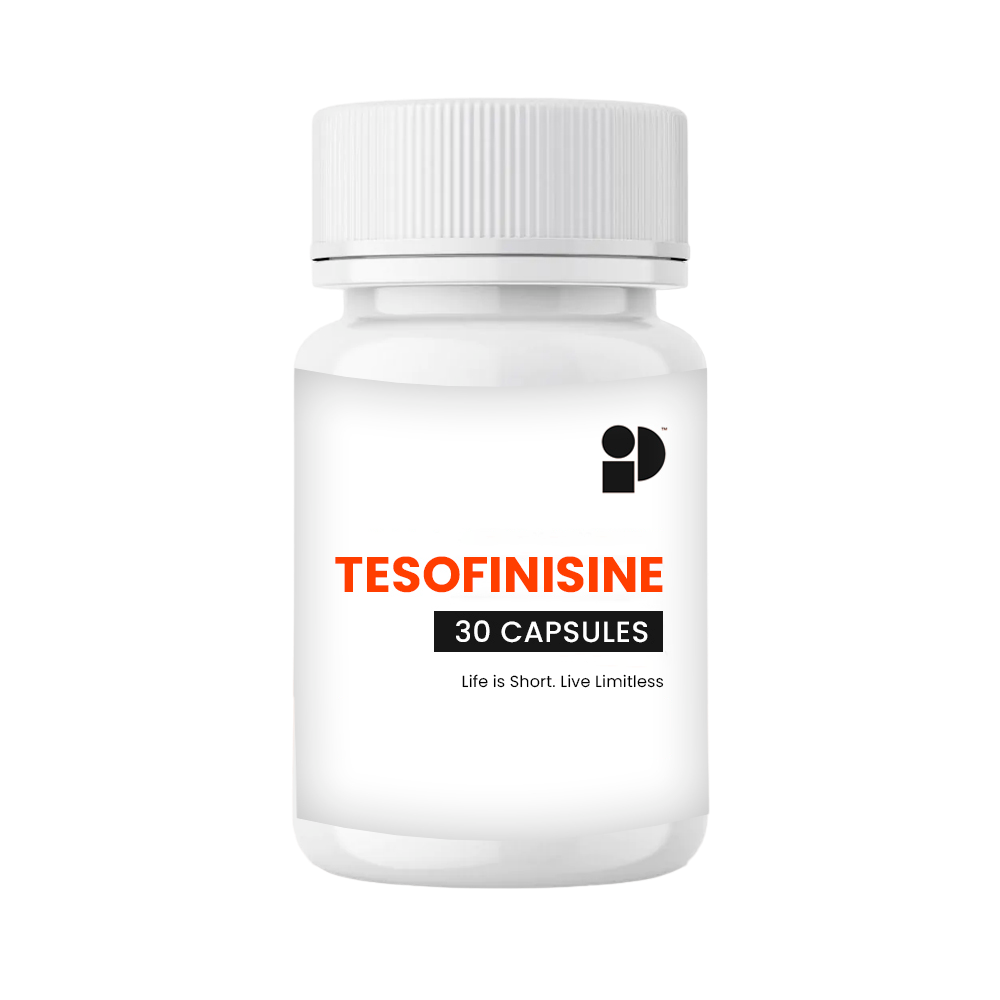
September 5, 2024
Making Use Of A Phenotype-guided Technique For The Treatment Of Weight Problems
Healthcare Free Full-text Medicinal Assistance For The Treatment Of Weight Problems Existing And Future Generally, 314 clients were screened; 60 individuals were omitted mainly because their day-to-day off time did not drop in between 2.0 and 6.0 hours or due to the fact that they had scientifically considerable electrocardiographic abnormalities. 3 of these people did not have Great post to read an efficacy assessment; as a result, the full-analysis collection comprised 251 patients. Seventy of 254 patients (27.6%) discontinued therapy too soon, primarily due to adverse events (53 individuals [20.9%]. The portions of people who too soon took out due to damaging occasions were 22.4%, 11.5%, 25.0%, and 27.1% in the teams obtaining tesofensine, 0.125, 0.25, 0.5, and 1 mg, respectively, compared to 18.4% in the sugar pill team. Individual demographics, standard condition attributes, and concomitant PD therapy are given in Table 1.Associated Information
What class of drug is tesofensine?

- Finally, one Tesomet-treated person had re-growth of craniopharyngioma uncovered by a pre-scheduled MRI-scan.
- Of these, qnexa seems one of the most effective, with the highest dose accomplishing an average of 10 kg (9%) placebo-adjusted weight-loss over 52 weeks with over 60% of individuals shedding over 10% of their weight complying with an LOCF analysis.
- The Mayo group carried out a yearlong professional test executed in a weight administration center where 312 clients were arbitrarily designated to phenotype-guided treatment or therapy that was not phenotype led and consisted of anti-obesity drugs.
Safety
However, both medications share the common attribute of generating unrestrained tongue motions, which earlier research studies had actually stopped working to report. In recap, tesofensine at a low dosage caused almost no head weaving stereotypy, yet a durable stereotypy was observed at a high dosage. Tesofensine is a medicine that revealed effectiveness yet was deserted due to the fact that it created hypertension (Astrup et al., 2008). Effects on habits and mood were kept in mind in phase-II research studies, with boosted activity in any way dosages and mood changes, particularly at greater dosages, consisting of state of mind altitude and likewise rage and hostility.Tesofensine
Serotonin turns on 5HT2C receptors to control feeding actions and power balance (Nonogaki et al., 1998). A discerning 5HT2C agonist, lorcaserin (ADP-356; Sector), demonstrated efficacy in generating weight-loss in phase II/III testing. However, the FDA refuted authorization for lorcaserin because of the danger of tumor development in rats along with its limited efficiency in driving weight reduction (Field, 2010). One fascinating searching for in the tesofensine research study was that regardless of the lack of considerable "at this moment" medication taste, topics reported considerably better next day overall determination to "take drug again" contrasted to sugar pill. This suggests that there might be medicines where people may wish to take them again for reasons aside from the acute effects, e.g., alertness, more power, etc. In contrast, only the higher dosage of 6 mg/kg caused solid tongue activities in the air, and this stereotypy displayed some similarities with phentermine. This is anticipated because tesofensine raises striatal DAT tenancy dose-dependently in between 18% and 77% in humans [4] Our results recommend that tesofensine at restorative doses does not exhibit strong dopamine task, as confirmed by the absence of head weaving stereotypies. These findings are also consistent with the reduced risk of abuse for tesofensine, as it has actually been reported to be unlikely to be over used recreationally [60] 
Social Links